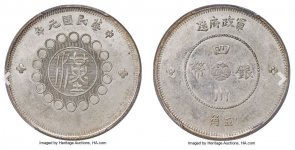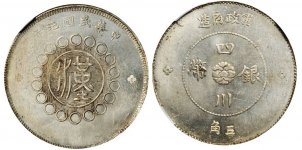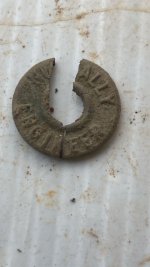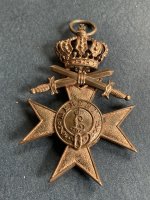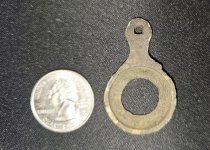Noah_D
Bronze Member
- Dec 14, 2017
- 1,593
- 3,491
- 🏆 Honorable Mentions:
- 1
- Detector(s) used
- Nokta Makro Simplex+, Garrett ACE 300, Carrot
- Primary Interest:
- Metal Detecting
Howdy, my uncle (a fellow coin collector and detectorist) gave me this neat little thing a few years ago. I don't know where he got it and I don't think he could remember either. It's about half dollar sized and feels like silver but that's about all I know. Can anyone ID it? Thanks!
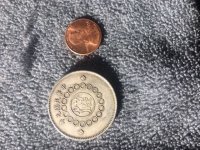
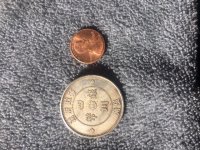
EDIT: sorry about the sideways pics. I still haven't figured out how to keep TNet from rotating them.


EDIT: sorry about the sideways pics. I still haven't figured out how to keep TNet from rotating them.


